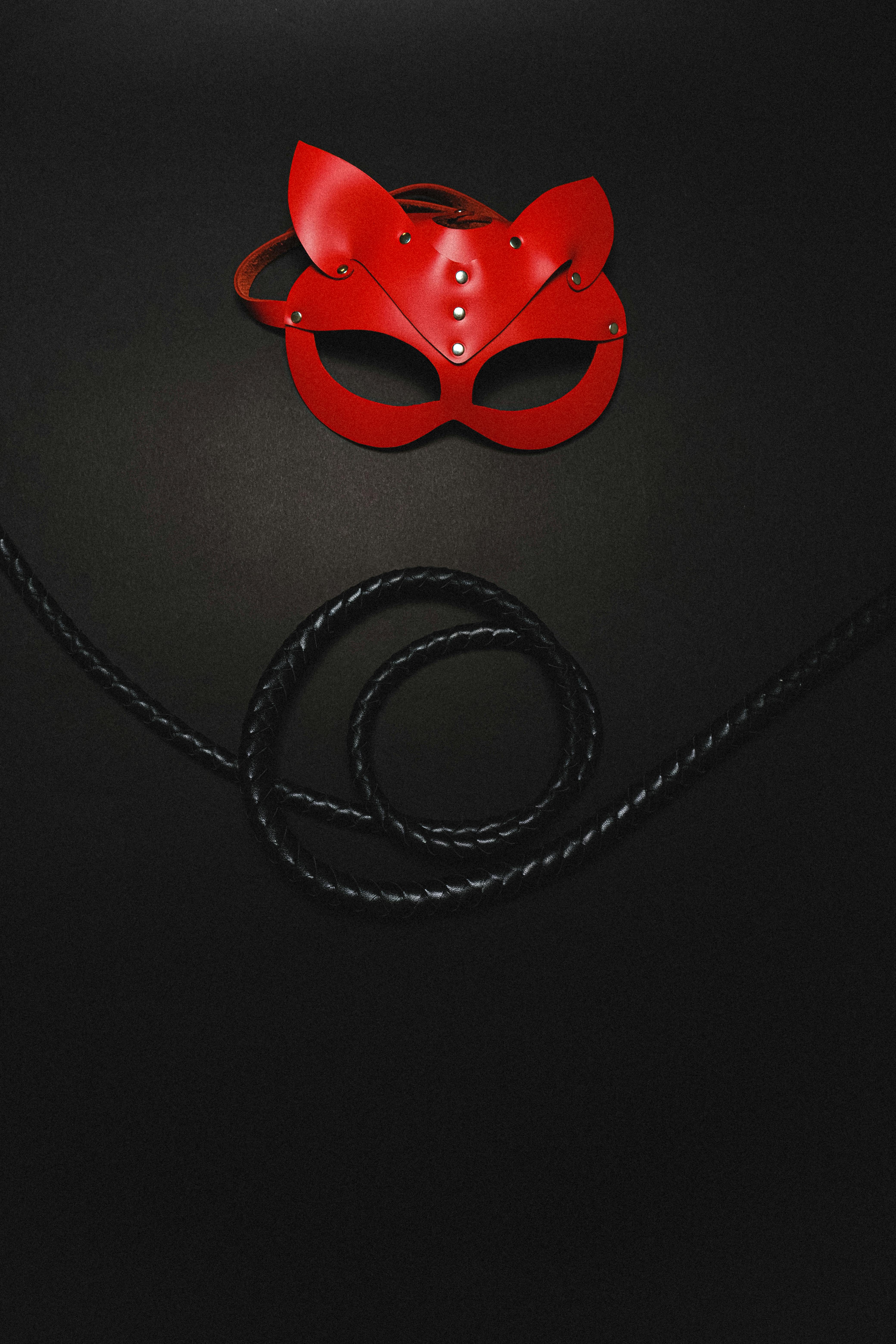Effective Ways to Explore Archie Comics Artistry in 2025
The world of Archie Comics is a delightful blend of humor, nostalgia, and visual storytelling that has captivated audiences since its inception. As we step into 2025, exploring the artistry behind these comic strips—penned by some of America’s most renowned comic book artists—offers fans and creators alike insights into the evolution of character designs and storytelling techniques. This article delves into various facets of comic artistry, from the fundamentals of character development to modern approaches in graphic storytelling.
In the following sections, we’ll discuss key aspects such as the impact of comic book history on current illustrations, the role of digital mediums in illustration techniques, and the uniqueness of character designs that make Archie Comics a staple in American pop culture. By understanding these elements, enthusiasts can gain a deeper appreciation for the art form and perhaps draw inspiration for their own creative projects.
Whether you're a budding comic book creator or an avid reader, this exploration promises to enrich your understanding of the comic industry and its cultural significance. Prepare to embark on a visual journey that highlights the creativity and skill involved in crafting beloved stories.
Key Takeaways: Grasp the intricate art styles, discover creative processes, and explore visual humor as we unveil the methods behind iconic comics.
Understanding the Evolution of Archie Comics Artistry
Building on the robust foundation laid out in Archie Comics history, it is essential to comprehend how various artistic influences shaped its distinctive art style. The journey through the comic book publishing landscape showcases the shift from traditional hand-drawn panels to modern digital illustration techniques, allowing for a richer diversity in storytelling.
Historical Context and Artistic Developments
The origins of Archie Comics date back to the late 1930s, a period characterized by limited storytelling techniques that primarily focused on humor and relatable characters. Early artists, such as Bob Montana, laid the groundwork for future comic book artists, establishing a blueprint that integrated visual humor into character interactions.
As time progressed, comic book adaptations evolved, leading to increased experimentation with comic panels that allowed creators to tell more intricate narratives while highlighting character dynamics. This artistic evolution played a critical role in defining the unique characteristics of Archie’s storytelling that resonate with audiences today.
Influence of Pop Art on Comic Book Aesthetics
A significant aspect of Archie Comics’ visual attraction lies in its connection to the pop art movement, which took precedence during the 1960s. Artists began embracing vibrant color palettes and bold styles, which can be seen in both the illustrations and the playful comic page layout. This aesthetic change appealed to a wider audience, thus enhancing the comics' popularity and allowing artists to push creative boundaries.
The Role of Character Design and Development
Character design is paramount in maintaining consistent readership. Each character in Archie Comics—from Archie Andrews to Betty Cooper—possesses unique traits that evolve with the storyline. By studying character sketches from various artists over the decades, readers can appreciate the careful thought that goes into character arcs and design strategies that maintain their appeal.
This development leads to ongoing discussions about character popularity, highlighting the art and science of comic character redesign, especially as cultural contexts shift.

Exploring Illustration Techniques in Modern Archie Comics
With these fundamentals established, we transition to exploring modern illustration techniques used in Archie Comics. The integration of technology has revolutionized artistic processes, allowing for new dimensions in comic book art styles and the creative expressions of graphic novels.
Digital Illustration and Its Impact on Comic Creation
Digital illustration has transformed how artists approach storytelling, enabling greater experimentation with colors, layouts, and textures. Tools like illustration software have empowered artists to streamline their workflow, producing polished and dynamic visuals that enhance the reading experience. The ability to manipulate elements digitally allows creators to infuse their own styles while adhering to the characteristics that make Archie Comics relatable and humorous.
Sequential Art and Pacing in Comic Storytelling
The essence of sequential art lies in its ability to convey a narrative through a series of images, a technique perfected in Archie Comics. Understanding the flow of comic panels is integral to pacing and reader engagement. Artists must consider aspects like dialogue placement in comics and the visual storytelling that accompanies each panel, ensuring fluid transitions from one scene to another.
Using Humor and Visual Metaphors in Comics
Incorporating humor is vital for keeping readers engaged, especially in the context of Archie Comics. Successful artists leverage visual metaphors to add depth to their storytelling, allowing for jokes that resonate on multiple levels. This technique encourages connections between text and image, fostering a sophisticated continuity that sustains reader interest.

The Role of Comic Conventions in Promoting Artistic Talent
Taking this concept further, comic conventions serve as crucial platforms for both emerging and experienced comic book artists. These events allow for networking, showcasing talent, and sharing industry insights that can shape future comic book projects.
Networking Opportunities for Freelance Artists
Both budding and established freelance artists benefit immensely from engaging in comic conventions. These events present an excellent opportunity for creators to connect, exchange ideas, and gain exposure within the comic book market. By showcasing an art portfolio, artists can attract potential collaborators and build relationships that are vital for their illustration careers.
Showcasing Fan Art and Independent Projects
Comic conventions also spotlight fan art, which boasts a dedicated following. This facet not only celebrates indie comics but also highlights the creativity of fans who appreciate the original materials. Exhibitions often encourage participation, allowing aspiring creators to experiment with styles and characters, thereby enhancing their comic scriptwriting and storytelling skills.
The Importance of Engaging with Comic Collectors
Finally, interacting with comic art collectors at events fosters a deeper appreciation for artistic works. Collectors can provide valuable feedback and encourage artists to refine their skills based on market trends. Conversations about comic storytelling techniques and artistry can inspire new generations of indie comic artists.
Conclusion: Embracing the Future of Archie Comics Artistry
As we explore the vibrant world of Archie Comics, it becomes clear that the evolution of © comic artistry is interwoven with broader trends in entertainment and storytelling. The creative process behind beloved characters continues to inspire both established creators and novices, ensuring that the legacy of Archie thrives well into the future.
Looking ahead, artists should remain open to new mediums and techniques that can further enhance their artistry. Whether refining drawing techniques or exploring collaborative projects, the future is ripe for innovation within the comic book industry. By embracing change and nurturing creativity, the next generation of comic book creators will undoubtedly enrich the legacy of visual storytelling.
The journey through the artistry of Archie Comics offers invaluable lessons that extend beyond mere entertainment. Whether it's the thought behind character designs or the playfulness of visual humor, these insights lay the groundwork for a more profound connection between artists and their audiences.
Engage with the rich tapestry of comic strips and prepare for a flourishing artistic future!
